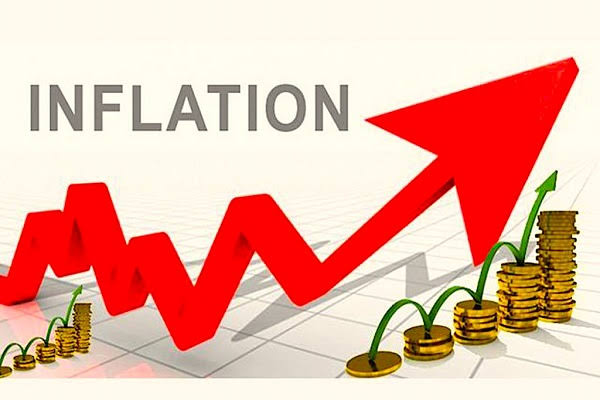The naira traded combined on Monday, holding regular on the official international change window whereas slipping additional on the parallel market amid persistent greenback shortages and powerful demand from importers and retail consumers.
Data from the Central Bank of Nigeria (CBN) confirmed the Daily Nigerian Foreign Exchange Market (NFEM) charge — the volume-weighted official benchmark — closed at ₦1,467.43 per US greenback. Interbank and spot transactions mirrored comparable ranges, with charges ranging between ₦1,468 and ₦1,475.
However, within the parallel market, the native foreign money weakened additional, with merchants shopping for {dollars} at about ₦1,480 and promoting for as much as ₦1,500.
Analysts linked the widening unfold between the official and avenue market charges to continued international change shortage and unrelenting demand pressures from producers, importers, and people sourcing {dollars} for journey, schooling, and enterprise wants.
“The street market premium reflects ongoing supply constraints,” a Lagos-based foreign money dealer informed First News. “Even though the official market appears more stable, most small businesses still rely on the parallel market for quick access to forex.”
READ ALSO: CBN Keeps Key Interest Rate Steady at 27.5% Amid Inflation Concerns
The CBN has launched a number of measures to enhance liquidity — together with coverage charge changes and focused interventions — however structural challenges proceed to hinder greenback inflows.
For customers, the weaker parallel charge means greater costs for imported items and companies, whereas companies that rely upon international inputs face elevated procurement prices. Conversely, households receiving international remittances could acquire extra naira by way of casual exchanges, although specialists warn that official channels stay safer and extra clear for big or traceable transactions.
The naira’s short-term route will rely upon inflows from exports, remittances, and CBN interventions as buyers look ahead to indicators of improved liquidity throughout the markets.



